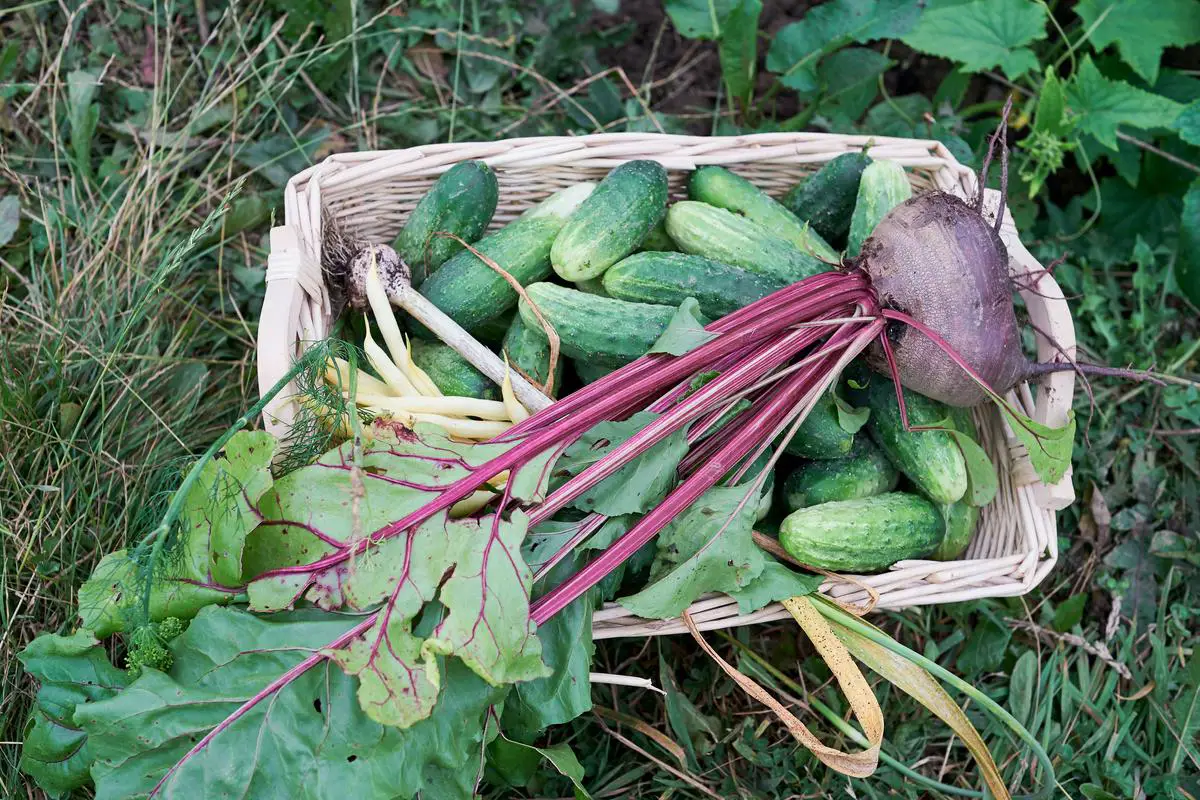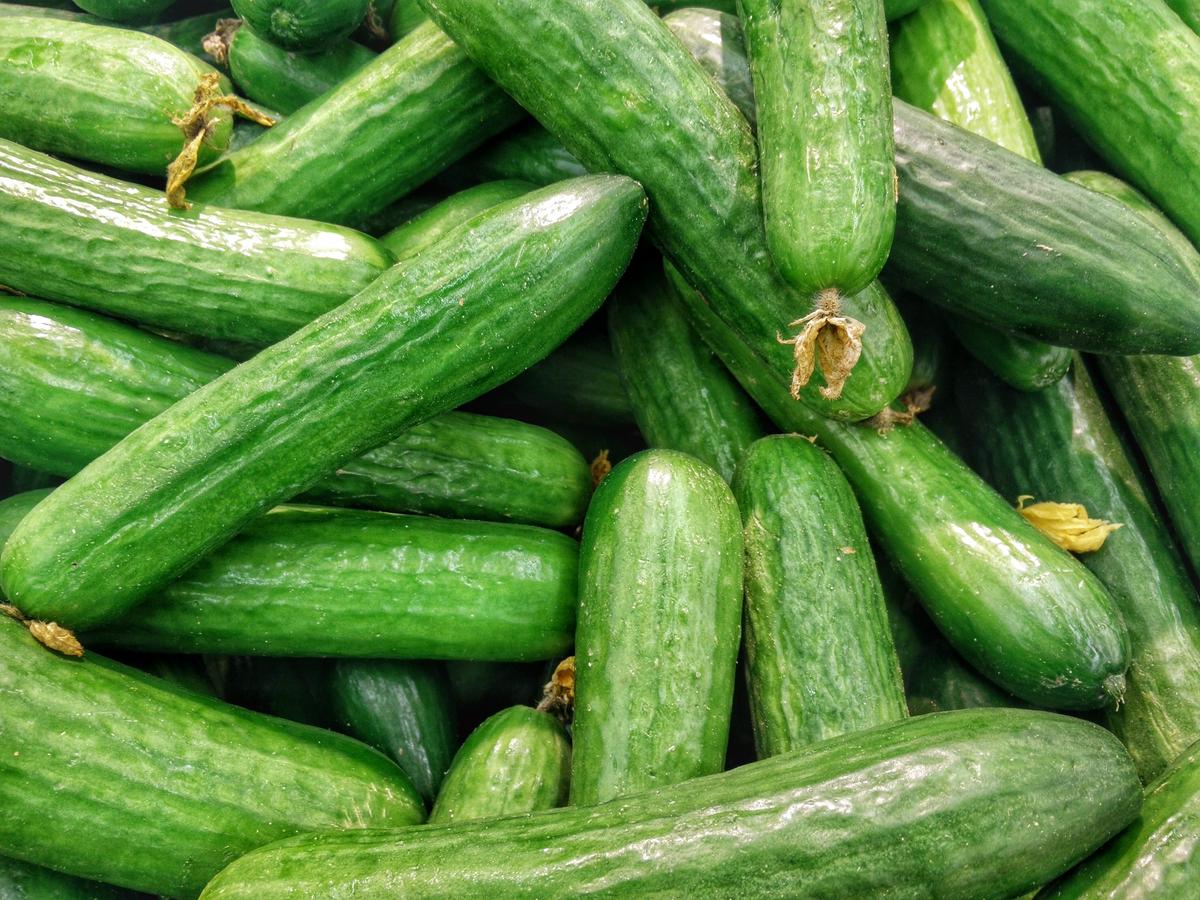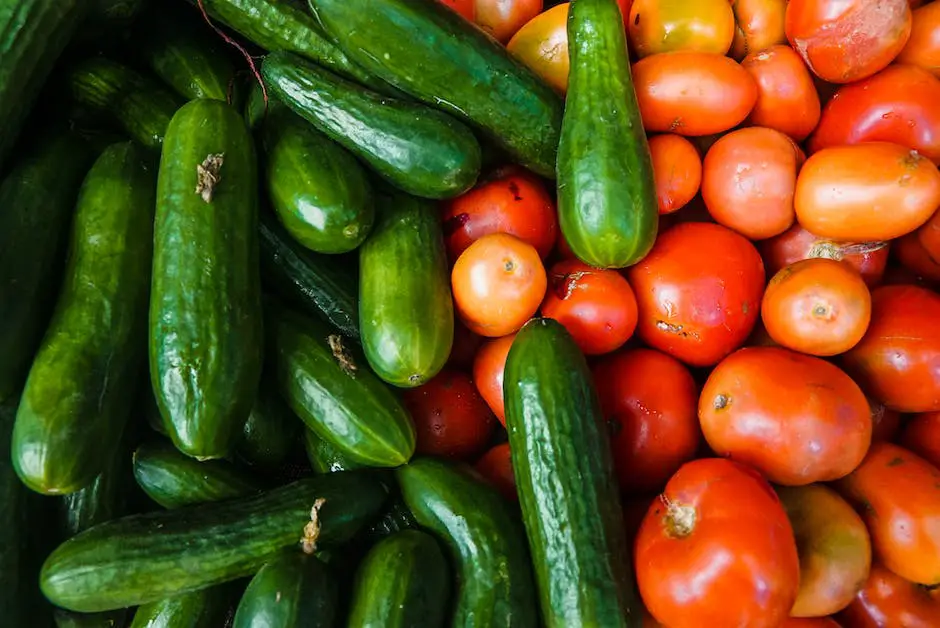For many culinary enthusiasts and gardeners, mastering the art of harvesting cucumbers at the peak of freshness presents an enticing challenge. This not only maximizes their crispness but positions them perfectly for pickling. Through a comprehensive exploration of the cucumber’s growth cycle, a deep dive into determinants of ideal pickling size, harvesting techniques, and post-harvest care and preparation procedures, we can enhance our understanding of this process and increase our chances of achieving the perfect pickle. Making homemade pickles is more than a kitchen experiment; it is a delightful journey into the heart of sustainable, garden-to-table living.
Understanding Cucumber Growth Cycle
Understanding The Life Cycle of a Cucumber Plant
Cucumber plants go through several stages of growth — from seed germination to maturity. Throughout these stages, careful attention ensures a healthy yield.
Reader Poll: What online courses would interest you?
Stage One: Germination
After sowing cucumber seeds in spring, when the soil has sufficiently warmed up, germination begins. The seed absorbs water and swells, the seed coat breaks open and a small root emerges, burrowing down into the soil. After 3-10 days, you’ll notice seedlings begin to sprout through the soil surface.
Stage Two: Seedling Growth
Once the seedlings emerge, they require plenty of sunlight and warmth to grow. At this stage, cucumber plants develop their first leaves, which are significantly different from the true leaves that will come later on. These initial leaves are called cotyledons, and they help feed the plant until the true leaves form. The seedling stage lasts about 3 weeks.
Stage Three: Vegetative Growth
In this stage, the cucumber plant rapidly grows leaves, stems, and tendrils. After about 5-6 weeks, you’ll begin to see buds forming, and eventually flowers. The cucumber plant has both male and female flowers. Bees and other pollinators play a crucial role during this stage, aiding in the pollination process by transferring pollen from the male flowers to the female ones.
Subscribe to our newsletter!
Stage Four: Flowering and Fruit Set
After pollination, the female flowers develop into cucumbers. This fruiting stage happens about 50-70 days after planting, depending on the cucumber variety. Expect a cucumber to form at the base of each successfully pollinated female flower.
Stage Five: Harvesting Pickling Cucumbers
The key to knowing when to harvest pickling cucumbers lies in understanding their intended use and the specific variety you’ve planted. In general, pickling cucumbers should be harvested when they are 2-4 inches long, typically a week or so after the fruit forms. They should be bright green and firm to the touch, but not overly mature or yellowish. If you notice the fruit over-maturing, it will affect the quality, as overly mature cucumbers can be bitter and have hard seeds.
Remember to check the plants daily, as cucumbers can grow quickly. Frequent harvesting encourages the plant to produce more. Always handle your cucumbers with care to avoid damaging them, and use a sharp knife or shears to cut them from the vine, rather than pulling them off.

Identifying Ideal Size of Pickling Cucumbers
Identifying the Right Cucumber Size
Pickling cucumbers should typically be harvested when they are 3 to 5 inches in length. This average size range ensures the appropriate fit for common canning jars used in pickling practices. While cucumbers can grow significantly larger than this, they tend to be less crunchy and more bitter when they fully mature. Hence, a smaller, younger cucumber is generally preferable for pickling.
Assessing Cucumber Firmness
In addition to proper size, firmness is another vital component in choosing pickling cucumbers. A ripe cucumber will be uniformly firm from stem to tip. A cucumber that feels soft or mushy, or has sunken areas, may indicate over-ripeness or the presence of disease, and should not be selected for pickling.
Look for a Uniform Color
Along with size and firmness, color is a good visual marker of a cucumber’s ripeness. A ripe pickling cucumber will have an even, medium to deep green color. Yellow spots or a dull, lighter green shade can indicate over-ripeness. In contrast, a dark green or uneven hue could suggest that the cucumber is under-ripe.
Cucumbers Bloom End Examination
The blooming end (opposite the stem end) of the cucumber may express cues indicating its late stage of growth. When too mature, cucumbers frequently have a puffy, swollen appearance at this end. Also, the area near the bloom end will often start to change color, from green to yellow, indicating they are past the optimal picking point.
Time your Harvest with Flowering Period
Over-ripened cucumbers can result in a seedy, bitter taste, and reduce their crunchiness. As a rule of thumb, expect to pick cucumbers roughly 8 to 10 days after their flowers bloom. Assessing the growth time and monitoring for these physical cues of ripeness can ensure you’re picking your cucumbers at the opportune moment.
Weather Effects on Cucumber Maturation
Note that, rapid fluctuations in temperature can affect cucumber maturity. During periods of high heat, cucumbers may ripen significantly faster. During cool, rainy periods, the maturation rate may slow down. Regularly checking your cucumbers in changing weather conditions will guarantee you make the best pickling choices.

Harvesting Techniques for Cucumbers
Understanding when to harvest cucumbers for pickling
Pickling cucumbers are best to be picked when they are at the size that you desire for pickling. Generally, small to medium-sized cucumbers are the best to pickle. Therefore, the best time to harvest cucumbers for pickling is usually around 50-70 days after planting, or when they reach about 4 to 6 inches in length. Ensure that they have a length-to-diameter ratio of about 3:1, a uniform dark green color and a slightly bumpy texture, these are perfect for pickling.
Tools to use for harvesting cucumbers
To harvest cucumbers effectively and without damaging the plant or the fruit, sharp gardening tools like pruning shears or a knife are recommended. Using your hands to yank the cucumbers may cause damage to the plant and result in fewer future harvests. A sharp tool will allow a clean cut, causing less harm to the plant.
Harvesting Technique
When you are ready to harvest, it’s important to be careful to avoid causing harm to the fruits or the plants. Using your garden pruners or knife, make a clean cut on the stem about half an inch above the cucumber. Be sure not to pull or tug at the cucumber as this could damage the vine. Always wash the tools beforehand to prevent any disease infection to the plant.
Ideal time of day for harvesting
The best time of day to harvest cucumbers is during the early morning hours. The plants have had the benefit of night temperatures and dew, making them crisp and perfect for picking. Picking cucumbers in the heat of the day can lead to wilted, less crisp produce.
Regular Harvesting Promotes More Growth
Regular harvesting is key in the growth of cucumber plants. If the cucumbers are left on the vines too long, they can become overly large and seedy, which signals to the plant to stop producing new cucumbers. Regularly picking ready cucumbers will signal to the plant that it should keep producing more, thereby enhancing your overall harvest.
Storing the Harvested Cucumbers
Once harvested, wash your cucumbers thoroughly to remove any dirt or chemical residues. If you’re not pickling them immediately, store them in a cool place, but not in the refrigerator. Cucumbers are sensitive to temperatures below 50 degrees Fahrenheit.

Photo by harshalhirve on Unsplash
After Harvest Care and Pickling Preparations
Understanding the Perfect Time to Harvest Pickling Cucumbers
Recognizing the right time to pick cucumbers for pickling is crucial. Pickling cucumbers should be harvested when they are about two to four inches long and still bright green. Look for firmness and consistent color around the surface. Harvest cucumbers in the morning for better crispness. If spines are still present on the skin, it indicates that the cucumber is in its prime picking stage.
Preparing Cucumbers for Pickling
After harvesting, prepare the cucumbers properly for pickling. The process starts by thoroughly washing the cucumbers to rid them of dirt and any harmful substances. Keep the cucumbers submerged in water while scrubbing them gently. Use fresh, clean water to ensure that no soil remains on the skin, which can cause the cucumbers to spoil during uptake.
Trimming: A Key Step in Prepping Cucumbers for Pickling
Trimming the cucumbers is another essential step in the preparation process. Cut a thin slice off from the blossom end (opposite of the stem end) of each cucumber. This part contains enzymes that could ruin your pickles by making them soft instead of crisp. However, leave about ¼ inch of the stem attached for the best result in pickling.
Understanding Suitable Pickling Methods
Now that you’ve harvested and prepared your cucumbers, it’s time to understand and follow suitable pickling methods for taste enhancement and longevity.
Brine Pickling
Brine pickling is a method where cucumbers are preserved through the process of fermentation in a solution of salt and water. The bacteria naturally present on the cucumbers convert the sugars into lactic acid, which acts as a preservative. This method might take some time, usually one to six weeks, depending on the temperature and salt concentration, but is well worth the wait.
Fresh Pack or Quick Process Pickling
Another method is fresh pack or quick process pickling. It’s the most common method where cucumbers are covered with boiling vinegar, spices, and seasonings mixture. This method shortcuts the fermentation process, and your pickles are ready to eat in just a few days or weeks.
Refrigerator Pickles
Refrigerator pickles are the easiest and quickest way to pickle cucumbers. Cucumbers are covered with a hot vinegar solution and seasonings then refrigerated. You can be crunching on these pickles in as little as 24 hours.

Mastering the art of selecting and pickling cucumbers can breathe new life into your culinary endeavors and contribute to sustainable living practices. The journey offers an intimate look at the life of cucumbers, from their growth stages to the proper harvest time, and it extends well beyond mere farming. Picking the ideal cucumber for pickling requires a keen eye for detail, identifying the right size and firmness. The adventure doesn’t end with harvesting; it proceeds through the careful trimming of the harvested cucumbers, preparing them for pickling, and meticulously following the pickling methods to ensure an optimal flavor profile. Whether you’re a seasoned gardener or just starting, these insights can transform your homegrown cucumbers into pickling masterpieces, adding a distinctive touch to your culinary creations.

